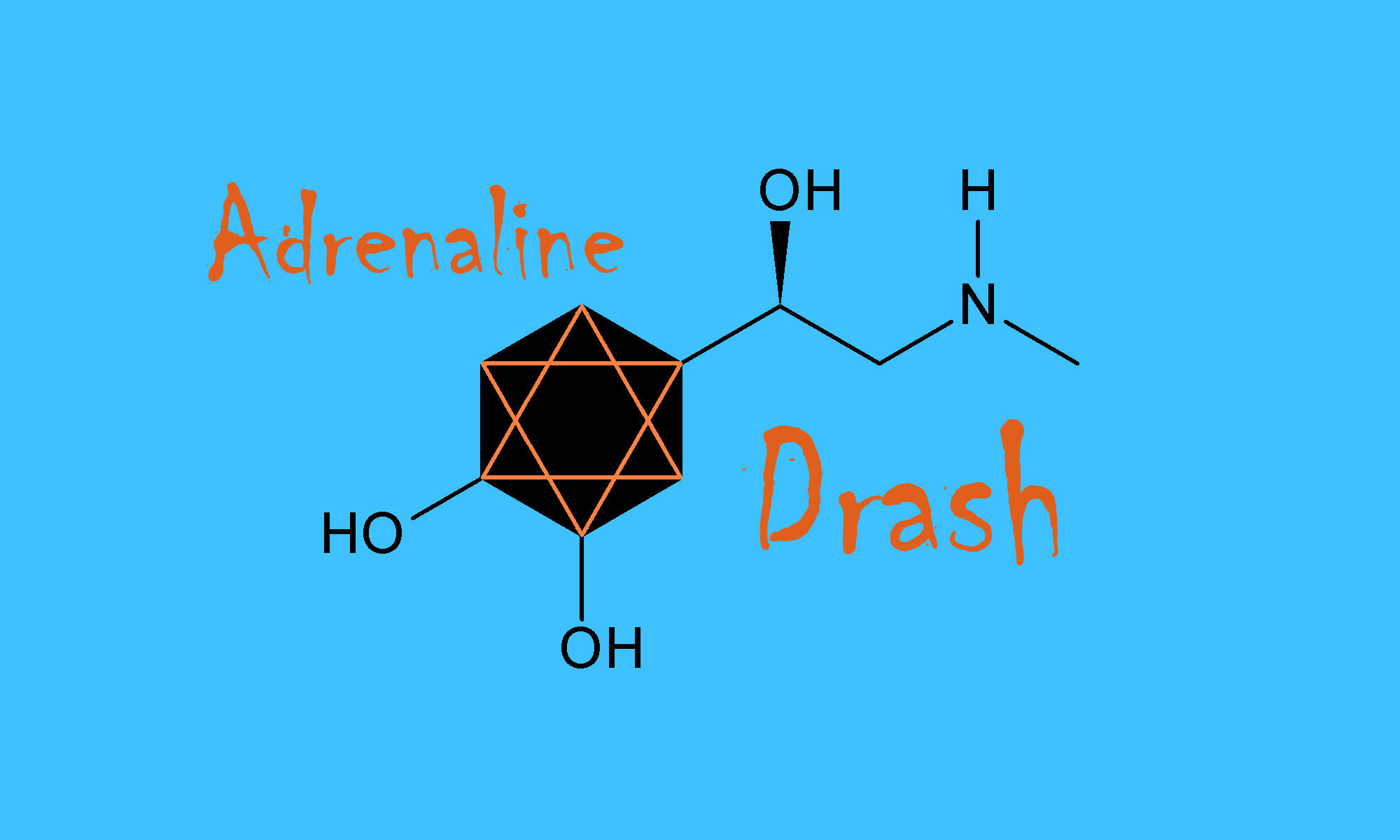I knew Tisha B’Av first as a date that stood for repeated griefs for European Jews. I taught it as such in my courses on the history of anti-Judaism and antisemitism. Jews were expelled from England and from Spain on that date, the Warsaw Ghetto was liquidated… the list I offered my students was painful and exhausting.
I was factually aware that Tisha B’Av was sourced in far more ancient pain – the destruction of the First Temple in 586 BCE and the Second Temple in 70 CE. In later years, reading, studying, and teaching the Book of Lamentations became a way to understand the desperation of a people trapped and doomed. God’s absence and silence in this text is shattering, no matter how often you read it.
The destruction of the Second Temple is often depicted as a fundamental crisis for Jews of the first century. Surely, the Temple was a symbol of power and might for Jews already long since living in diaspora. It was a memory of a long-lost sovereignty and power. It was imposing for those who saw it.
But by the time of the Second Temple’s destruction, Jews were living all over the known world and had been doing so for many, many centuries. There were a dozen functioning synagogues in Rome. There were Jews in Africa, Asia Minor, living their communal lives without sacrifice and temple services. Was the destruction of the Second Temple a massive dislocation of Jewish life, a cataclysm for (say) the Jews of Ostia, Italy or Priene, Turkey? We have no evidence that it was. In fact, of all the literature produced by Jews in the time of the Second Temple available to us, almost none of it actually refers to the Temple itself. Jews had other things on their minds.
Every year, as I step into this day of mourning, I ask myself: What am I really mourning? Is there a land, a space, a place more holy than any other on this earth? Is there any structure humans have built that I should value more than any other – even in memory?
What grief needs to be recognized, understood? What am I mourning?
It is the earth itself that cries out to me now. In the maelstrom of a pandemic, understandably worried about our human survival, we seem to have forgotten that we have unleashed disease and death on her, on Gaia.
The teshuva the last chapter of Lamentations begs for? This is a teshuva Gaia cries out for in every day of melting polar ice caps and deforestation and collapsing insect populations. We are burning our planet.
Every day I go to my gardens. I check my compost piles. I watch for the tomatoes growing on the vines, the peppers, the eggplants. I turn the earth and I touch it, I tend and I harvest and we eat what we have grown as often as we can. I look to see if the hummingbirds and bees and butterflies and birds have the right blossoms, the right colors, the right sense of home. Can I sustain them through what I plant, what I farm?

My mashpiah (spiritual director) recently suggested that I ask, each day: Mi bara eyleh? Who made this? Doing so, I bring the Holy One into my home and I thank her. And then I ask for forgiveness and recognition: I am mourning, I tell her, for what we are destroying – Your home, Your Temple.
On this Tisha B’Av, may we think of the Temple that truly needs saving and rebuilding. It is the Temple we stand upon. It is God’s own Temple, this earth.

